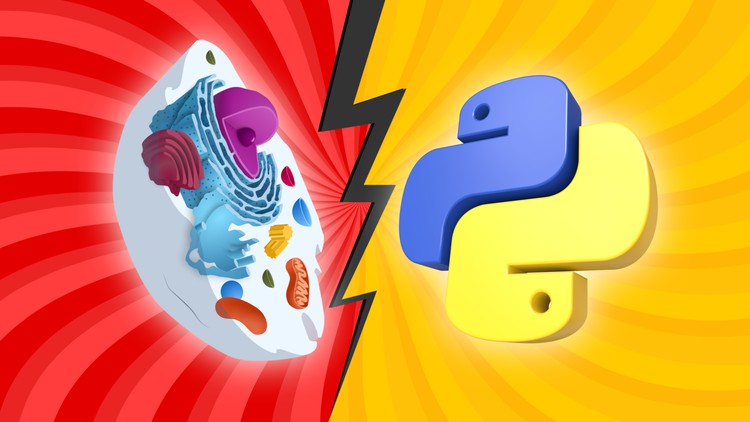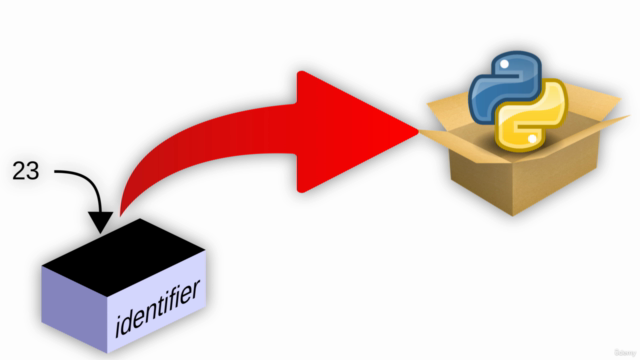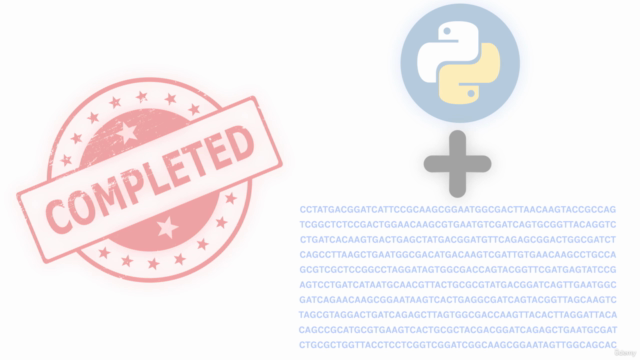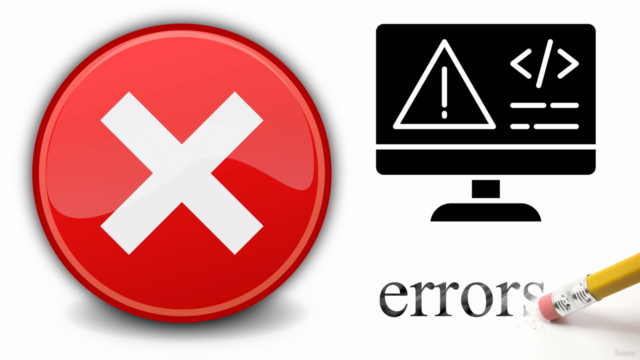Python for Biologists

Why take this course?
🌟 Course Title: Python for Biologists with Ahmed Karam, M.Sc.
🚀 Headline: Unleash the Power of Data in Biotechnology, Genetics, and Beyond with Python!
🌍 Introduction: This course is a gateway for biologists with a programming interest or those looking to delve into the realm of bioinformatics. It's designed for beginners who are eager to handle biological data through Python – a skill set highly sought after in modern biotechnology and genetic research. 🧬🚀
Course Requirements: Before diving into the course content, you'll need to:
- Install Python: We've provided detailed instructions on how to do this (Section 1).
- Set Up an IDE: Learn which Integrated Development Environment (IDE) suits your needs and how to set it up for efficient coding. (Section 1)
- Access Course Materials: All Python files used throughout the course are available for download in the first section of the course materials.
Course Structure: This course is meticulously structured into eleven key sections, each building upon the last to ensure a comprehensive understanding of Python as it applies to biological sciences.
-
Installation and Setup
- Getting started with Python installation.
- Choosing an IDE for your coding needs.
- Accessing course materials and resources.
-
Data Types in Python
- Understanding the various data types in Python.
- Learning data type conversion and its importance.
-
Storing Data in Variables
- Mastering the art of storing different types of data.
- Exploring the formats for data storage according to data nature.
-
Element Access
- Techniques to access and manipulate specific parts of your data.
-
Simple Coding Operations
- Combining stored data, user input, and decision-making in Python.
-
Making Decisions: Conditions and Procedures
- Crafting logical conditions within your code.
- Developing procedures based on the decisions made.
-
Looping for Efficiency
- Utilizing loops to perform repetitive tasks with speed and precision.
8-11. Advanced Functions in Python
- A deep dive into Python functions that handle complex data manipulation.
- File Input/Output
- Learning to work with files as a means of data storage and retrieval.
- Navigating file paths within Python scripts.
- Handling Time and Date
- Understanding how to manage time and date within your code for accurate outputs.
- Building Your Own Functions
- The process of creating and using functions in Python.
- Creating Modules and Scripts
- Packaging your code into modules for easy import and use.
- Developing Complete Packages
- A real-world project to integrate everything you've learned into a fully functional bioinformatics application.
Course Outcomes: By the end of this course, you'll have a solid foundation in Python, with the ability to:
- Efficiently receive and process biological data.
- Implement complex data handling and manipulation.
- Output relevant information based on user requirements.
- Build upon existing Python packages or create new ones for specific applications in biotechnology and beyond.
🎓 Conclusion: This course is more than just learning a programming language; it's about connecting the dots between biological science and computational power through Python. Join us on this exciting journey and unlock the potential of your data! 🌱👨💻✨
Course Gallery




Loading charts...